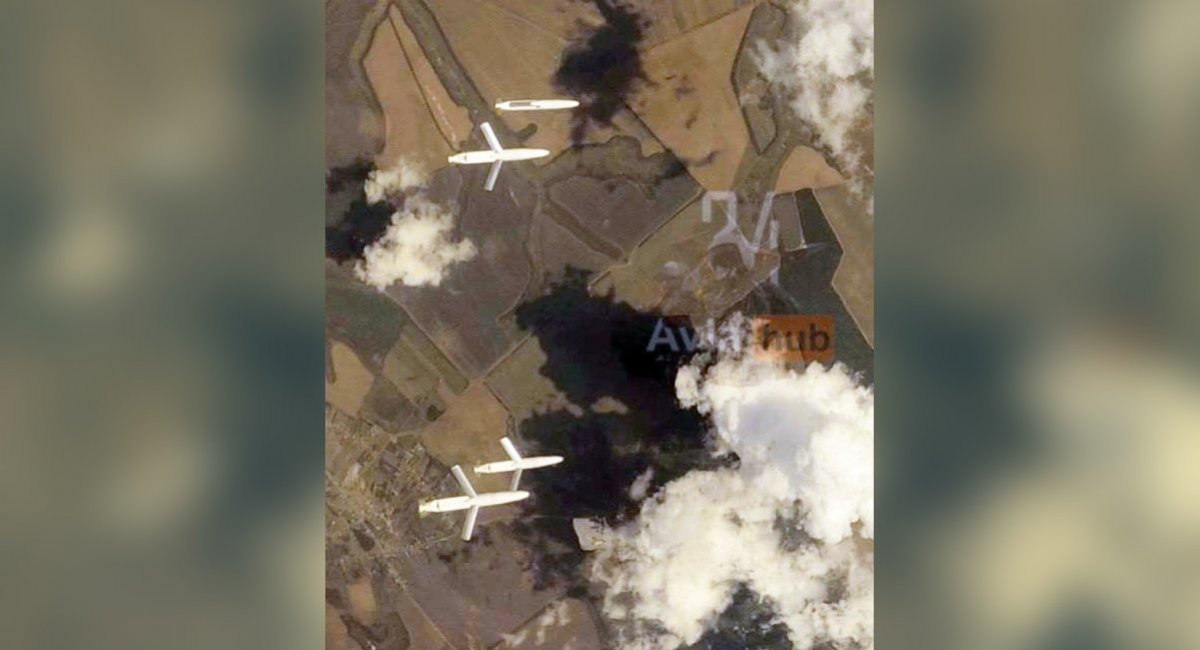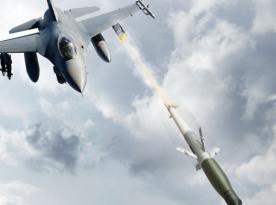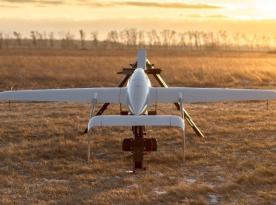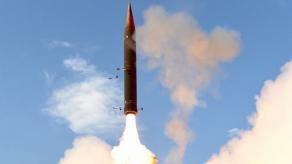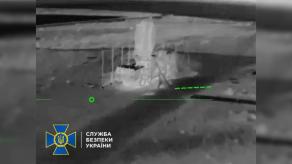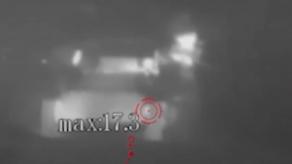High-quality image of the UMPB D-30SN long-range glide bomb has appeared for the first time, and it comes from the russians. The picture shows an attack with four weapons of this type, however, we can notice that only three of them managed to spread wings.
As for the fourth one, that seems to be one of those cases that lead to "unintentional munition discharges" on residential buildings in Belgorod city of russia, recorded previously. The most important detail, though, is that the image allows us to locate the release point of these bombs and thus estimate their attack range. Defense Express did just that.
Read more: UMPB Extended-Range Bomb Created in russia, Deployed by Aircraft or Tornado-S Ground Launchers
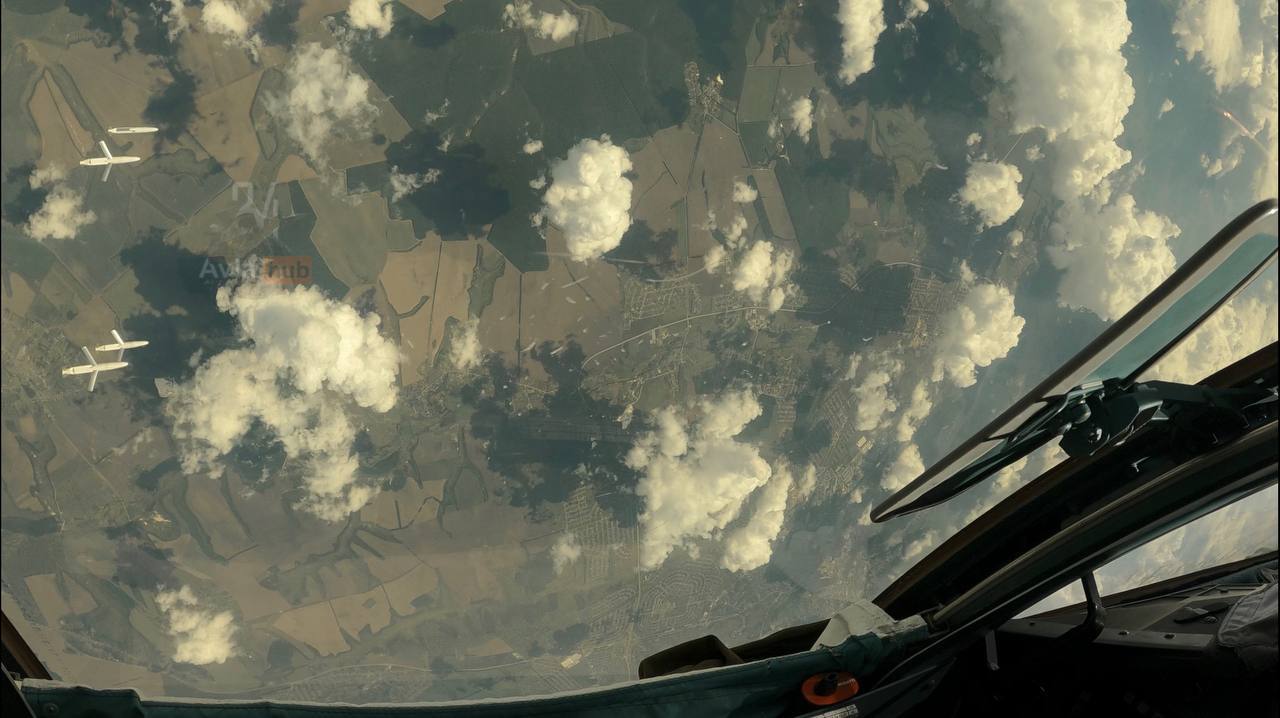
First of all, a bit of context. The UMPB D-30SN technically is the name of a kit of additional equipment that is applied to an existing bomb of Soviet standard, specifically they are said to be used with the FAB-250 high-explosive bomb. The kit turns a free-falling bomb into a glide one. That enables aircraft to safely drop them from a standoff distance without entering enemy-controlled airspace.
The russian invasion forces have methodically launched UMPB attacks on the city of Kharkiv in northeastern Ukraine over the past few months. In the analyzed photo, the four bombs seem to be moving toward Kharkiv this time, too, as indicated by the direction they are headed. The carrier is a Su-34 aircraft which at that moment was flying near the Sheino, Arkadevka, and Ushakovo rural settlements in the Belgorod Region of russia.
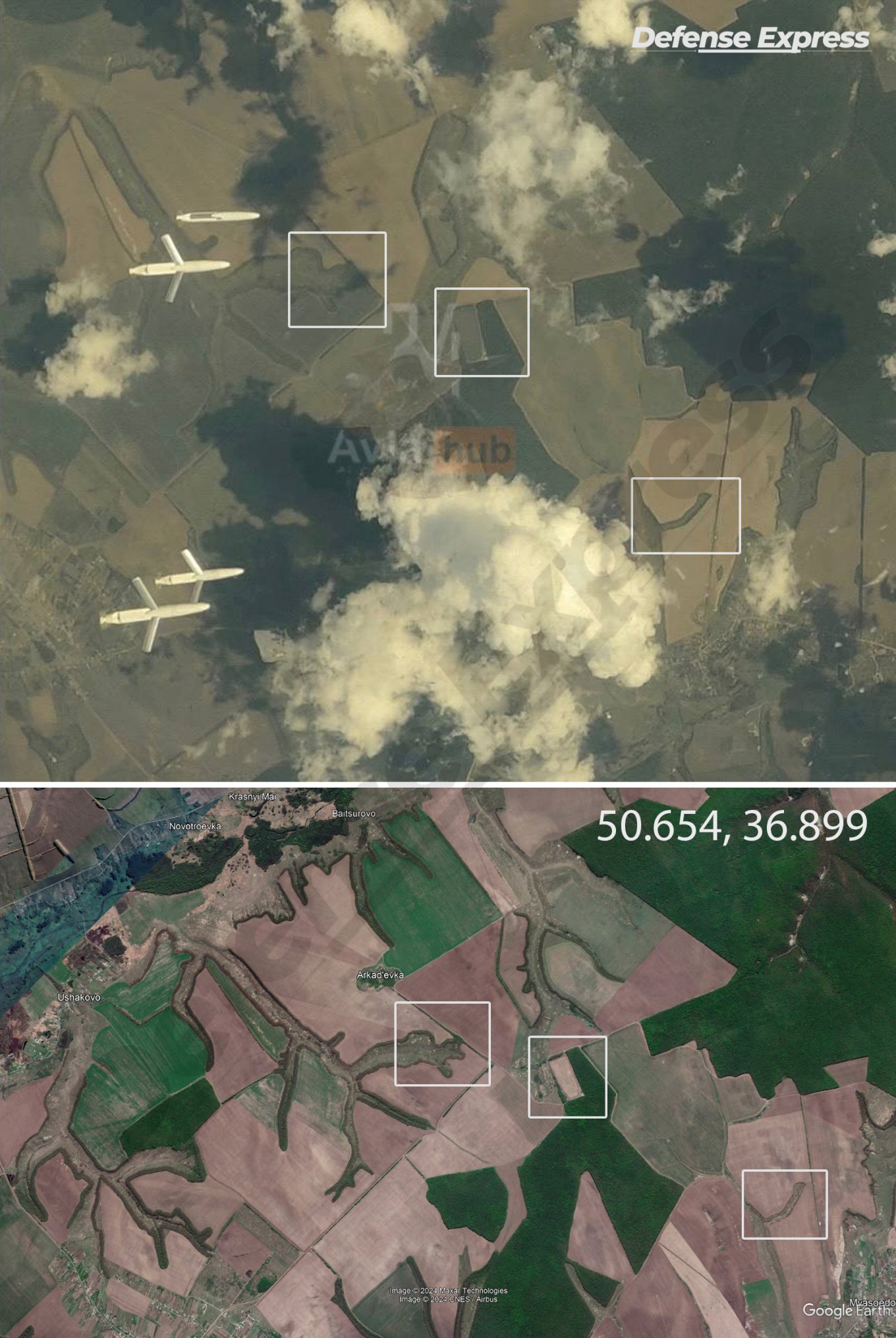
Presuming the attack was directed at Kharkiv as many times before, the autonomous flight range of a UMPB D-30SN would be around 90 km. At the same time, we should point out that there are 50 km of relatively safe airspace left to the border with Ukraine. Meanwhile some 40 km from the release point but in a different direction is also located the Ukrainian town of Vovchansk which is currently contested by both sides in fierce fighting.
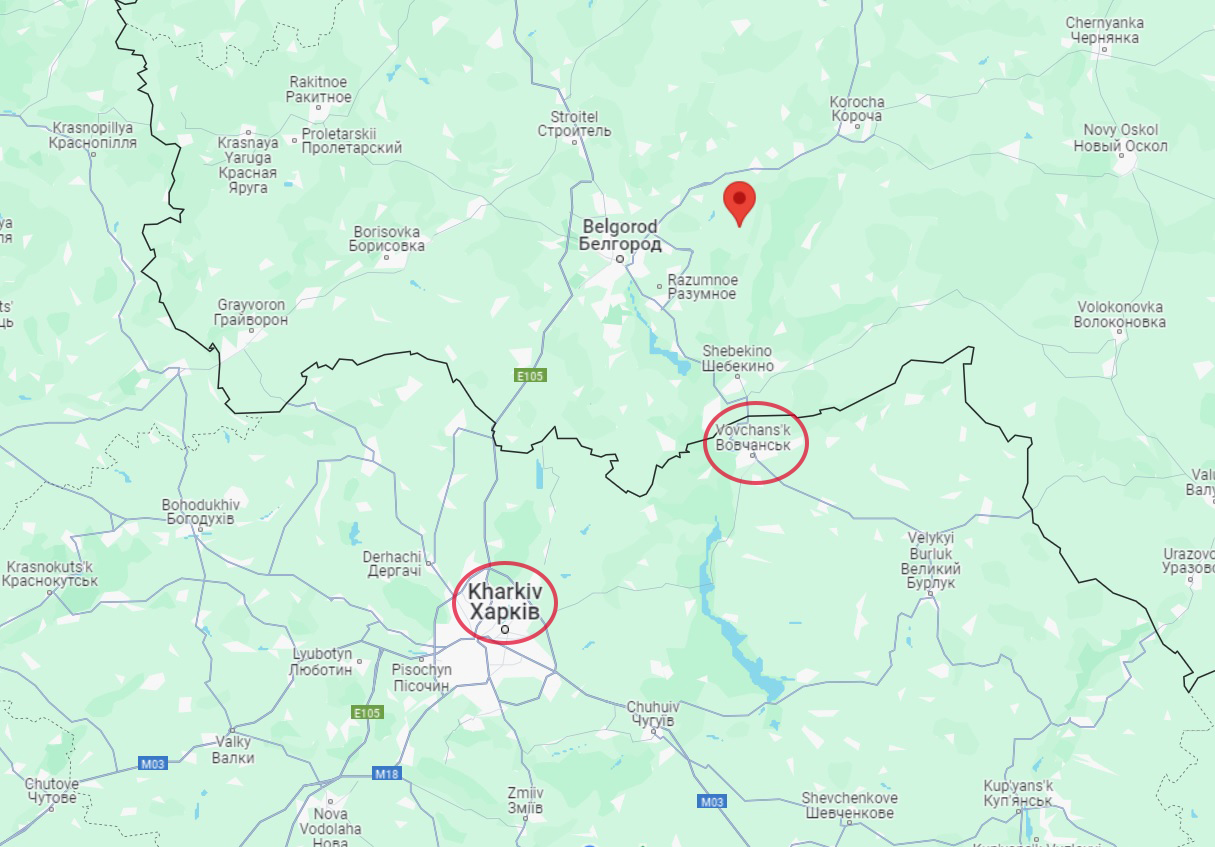
These estimates cannot reliably testify that the distance of 90 km is the maximum attack range of UMPB bombs. However, this is a recorded parameter that gives foundation for risk assessments in the future.
This data already shows that UMPB D-30SN has an attack range 20 to 30 km higher than the preceding generation of russian glide bombs, the UMPK. The latter, when married to the 500-kilogram FAB-500 bomb, can fly independently for 60 to 65 km when launched at high altitude by a carrier moving at high speeds.
Read more: How Possible is to Turn 3-ton FAB-3000 Dumb Superbomb into a Smart Glide Munition and Which Aircraft can Lift It




